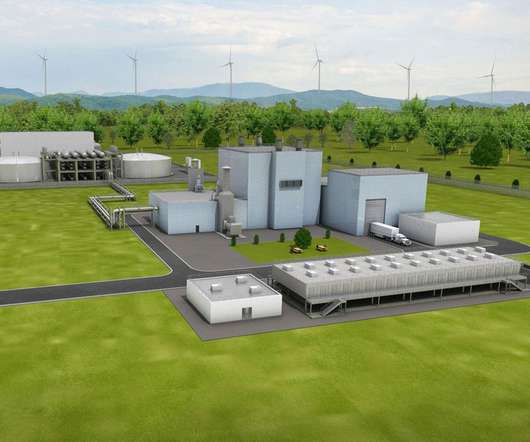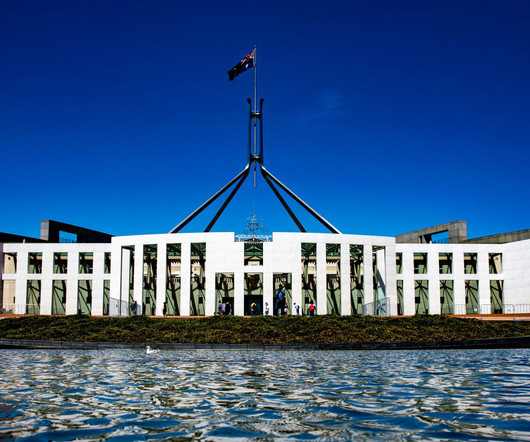15 States and the District of Columbia partner to accelerate bus and truck electrification; 100% ZEV by 2050
Green Car Congress
JULY 15, 2020
States signing the MOU are: California, Connecticut, Colorado, Hawaii, Maine, Maryland, Massachusetts, New Jersey, New York, North Carolina, Oregon, Pennsylvania, Rhode Island, Vermont, and Washington. Medium- and heavy-duty trucks are a major source of harmful smog-forming pollution, particulate matter, and air toxics.


















Let's personalize your content